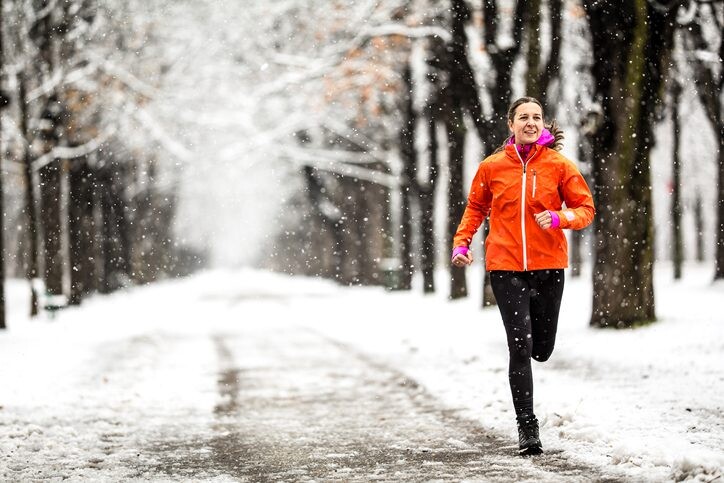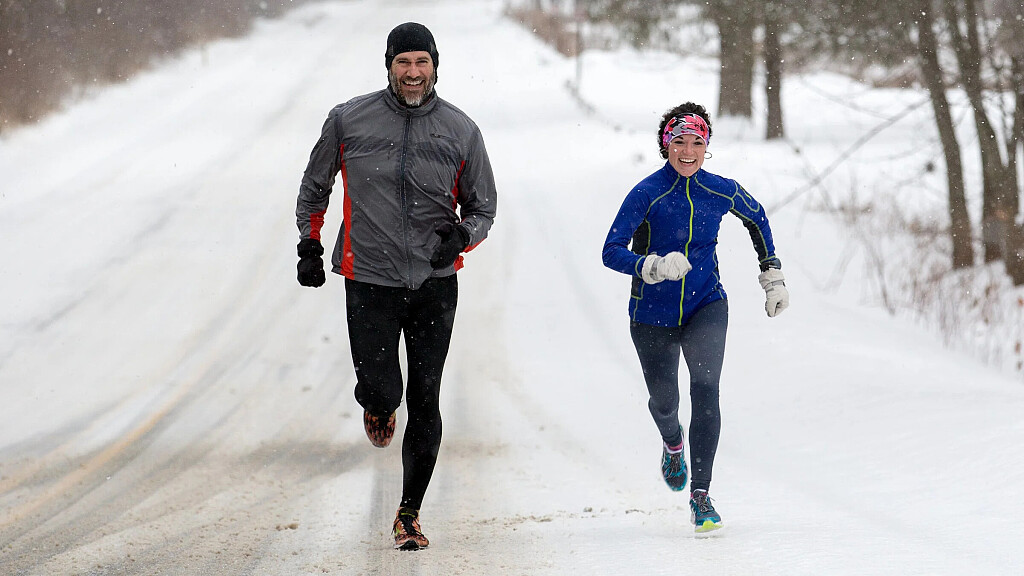Running News Daily
Running News Daily is edited by Bob Anderson. Send your news items to bob@mybestruns.com Advertising opportunities available. Train the Kenyan Way at KATA Kenya and Portugal owned and operated by Bob Anderson. Be sure to catch our movie A Long Run the movie KATA Running Camps and KATA Potato Farms - 31 now open in Kenya! https://kata.ke/
Index to Daily Posts · Sign Up For Updates · Run The World Feed
Three things runners should focus on in winter
Whether you love it or hate it, the cooler months in North America bring unique challenges for runners. Getting out the door during dark mornings and evenings can feel tough. Approaching winter as a time to focus on building new strengths, like learning to run by effort rather than pace, navigating tough terrain like a mountain goat, and making recovery a superpower, can make lacing up more enticing. Know that you’ll emerge a stronger, more resilient athlete come spring, ready to nail new goals and rack up milestones.
1.- Embrace challenging terrain

Winter brings a natural shift in running surfaces, from icy sidewalks to snowy trails. Diving right in and embracing this diversity challenges your muscles in new ways, and promotes overall strength and agility–perfect for speeding down technical trails in the summer or helping you maintain great biomechanics on the road when running on tired legs.
The uneven footing that snow, ice or mud involve engages stabilizing muscles, enhancing balance and co-ordination. Navigating tough terrain also reduces the risk of repetitive strain injuries by distributing the impact across various muscle groups. By adapting to changing surfaces, you’ll build resilience, setting the stage for improved performance when returning to smoother paths.

2.- Take recovery to the next level
The colder months provide the perfect opportunity to hone the skill of helping your body and mind bounce back from tough training. Winter running demands more from your body as you battle the cold, and work to keep your footing. Prioritizing recovery during this season can have lasting benefits for your overall well-being and running performance, and you’ll create new habits that will seem like second nature by the time shorts season arrives.
You’re probably tackling less mileage in the winter as you focus on building a base, and that frees up some time to devote to intentional recovery practices. Recovery involves more than simply resting (although that is important, and often neglected), and winter is the perfect time to dial in new recovery-related skills or to master of the tools already familiar to you. Test out new foam rolling techniques, hit a restorative yoga class or try soaking in a tub post-run: build on whatever you have found that works for you.
3.- Get comfortable with effort-based training
Running in the cold or dark often means slowing down, and if you’re used to running by pace and poring over your data, you may feel discouraged. Learning to run by effort is a very transferable skill–you’ll feel more comfortable tackling trails, doing hill training or adjusting for heat, once warmer weather arrives. Focus on workouts that use RPE, and get accustomed to what hard, moderate and easy pace feel like in your body. It may take an adjustment period, but you’ll reap the rewards year-round.
by Keeley Milne
Login to leave a comment




